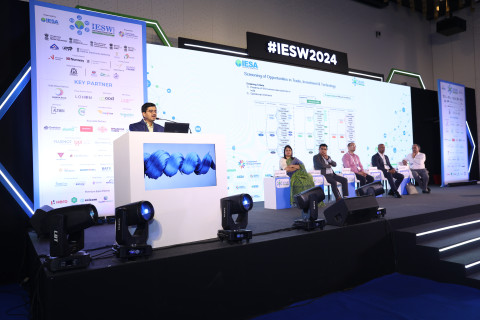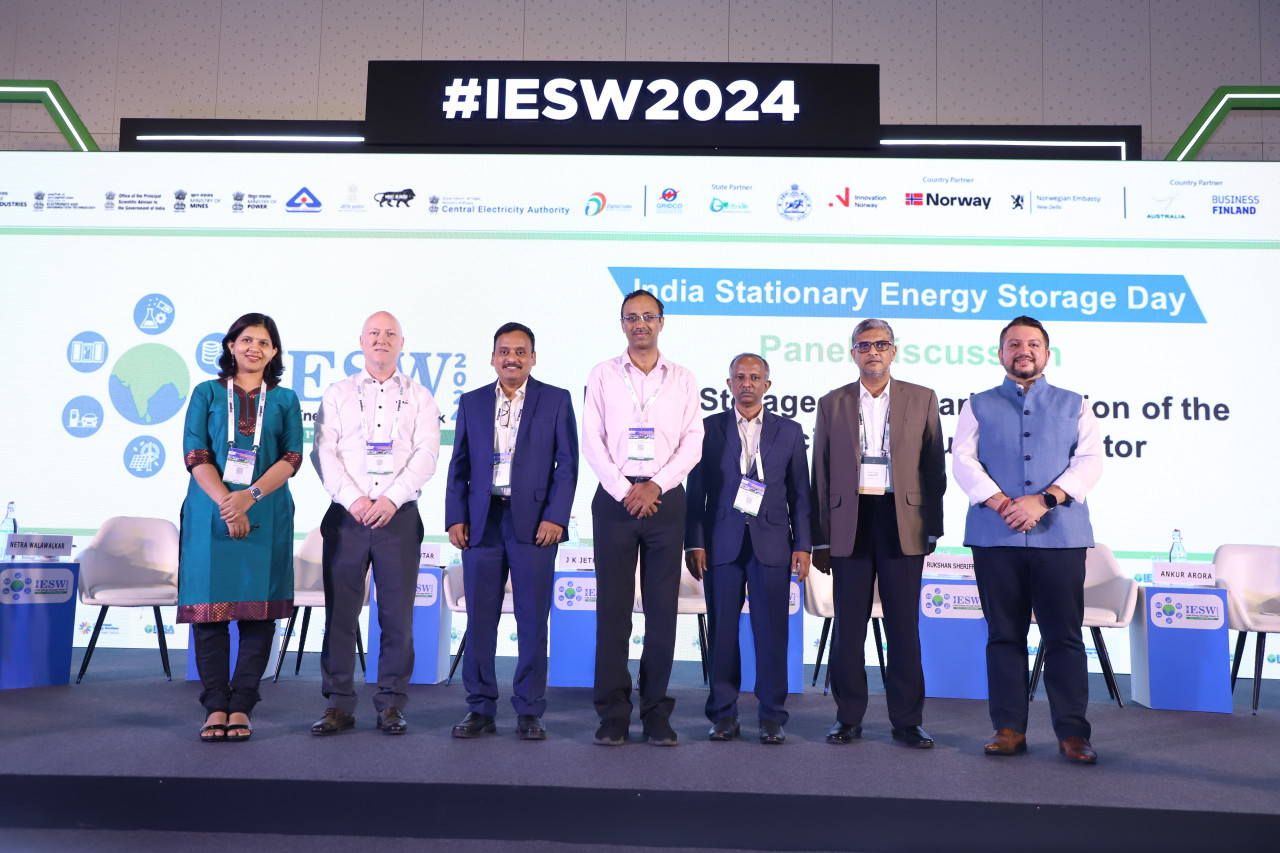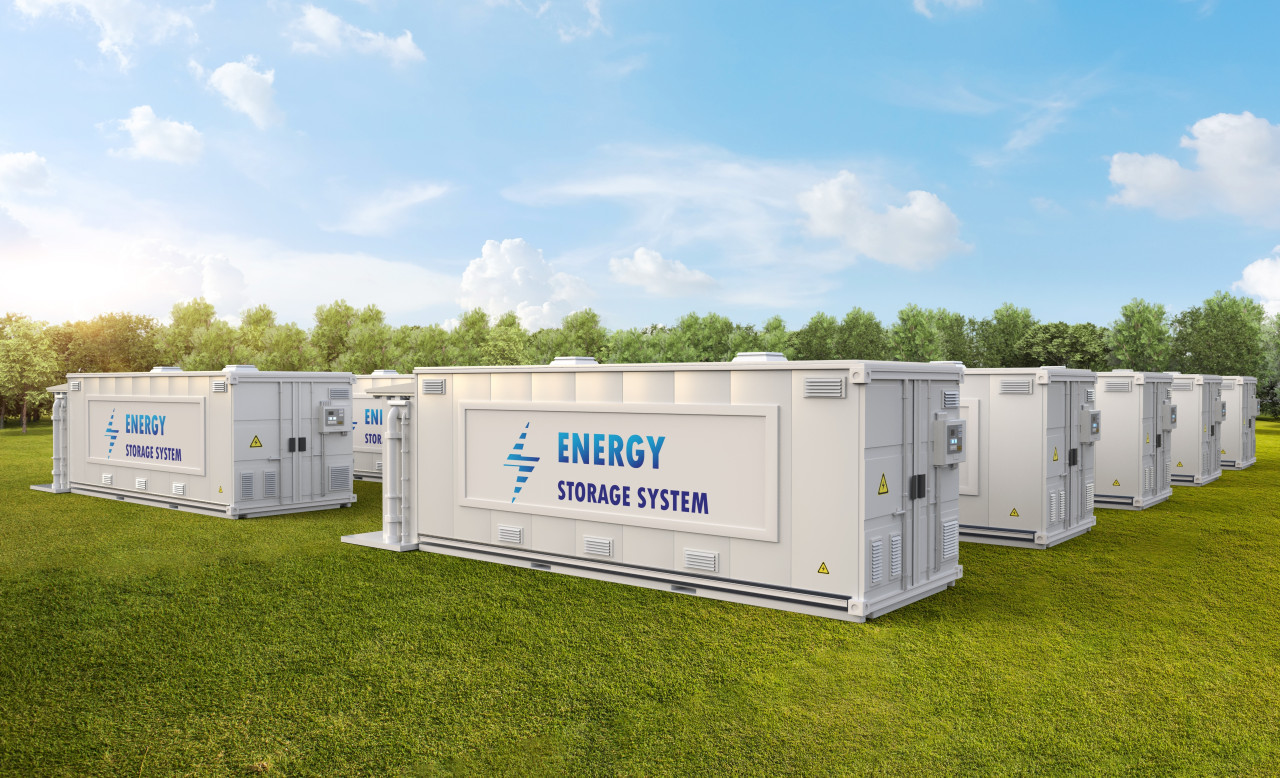IESW 2024: How batteries can help decarbonize the industrial sector
Day 3 of IESW 2024 featured a panel discussion on how energy storage can aid the decarbonization of the country's commercial & industrial sector. Touchpoints included BESS utilization in the telecom, data center and railway sectors, and the 'capex vs. opex' aspect of all such projects.
Moderator Netra Walawalkar, Vice President, India Markets, Customized Energy Solutions, outlined options available for commercial and industrial sector, including rooftop solar, open-access contracts, etc.
Session Chair J K Jethani, Scientist F, MNRE, delivered the opening remarks. The C&I sector accounts for half the country's electricity consumption, hence, utilization of renewable energy by these sectors will be critical in helping the country achieve its renewable energy targets, he pointed out. He concluded by highlighting the need for cost-effective energy storage solutions to support deployment.
Kenneth Bodahl, CEO, Pixii AS, took the audience through the Norwegian company's power electronics portfolio and their core aim, which is that the product must save cost, generate income and solve a problem: either boost power, or offer back-up power or grid support. "One product, multiple applications," is how Bodahl defined the company, which is a battery-agnostic operator that acquires batteries from the market.
Dr Manne Venkateswarlu, Chief Technical Officer of Khushmanda Power Ltd, introduced the company, which is developing a 5 GW capacity battery plant that will offer packs under the BharatCell brand. "This year we have planned for 1 GWh of production," he said.
Suhas Sutar, Vice President, ESS Business, Replus Engitech, introduced the audience to Replus --- part of the LNG Bhilwara group with a presence in graphite anodes and hydropower --- which has a 1 GWh battery plant with capacity for cylindrical and prismatic batteries in Pune. The company has projects across India and overseas, and has commissioned 28 MWh of BESS capacity in India with an order book of 300 MWh, Sutar said.
Rukshan Sheriff, CEO, Eco33, spoke from the energy efficiency angle. "Energy efficiency is being brought in as one of the two pillars of energy transition, because the world has realized renewable energy alone will not guarantee the necessary pace of decarbonization," was his message to the audience.
Ankur Arora, Head of Sales (Critical Power) - India & SAARC, Exicom, explained the power conversion and energy storage requirements for telecom companies and data centers, two of the largest consumers of energy and among the key drivers of change because of their dynamic approach to meeting energy requirements.
Arora pointed out that the sector has been focused on energy efficiency since at least half a decade, while over the last three years, "putting solar panels in place of diesel gensets has taken precedence," he said. "Telcos are among the biggest diesel guzzlers for the country, so that is a pain area that is being addressed," he said.
The sector is also experimenting with different battery chemistries, Arora said, and expressed hope on newer battery chemistries, some of which offer a lifespan of 30 years.
For more details of the IESW 2024, visit indiaesa.info






















